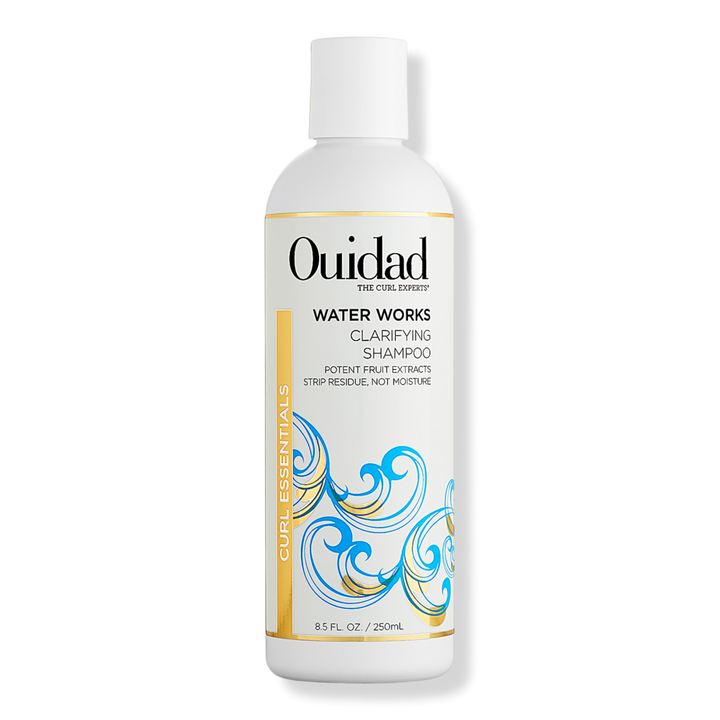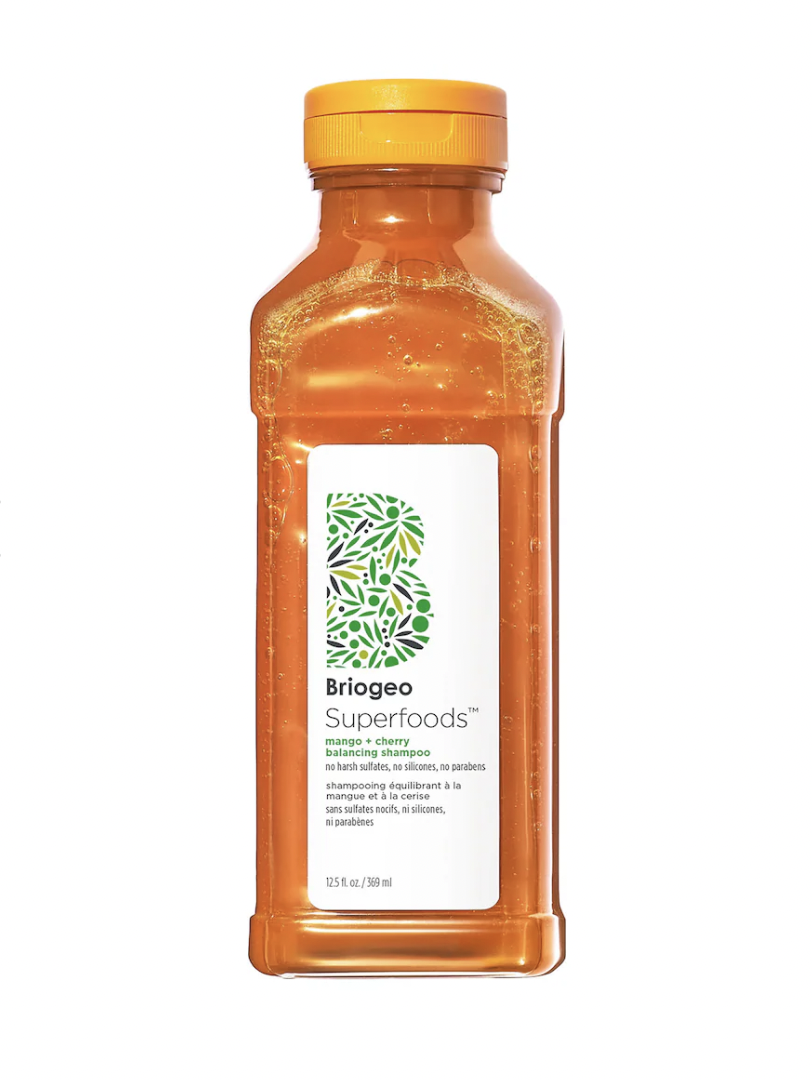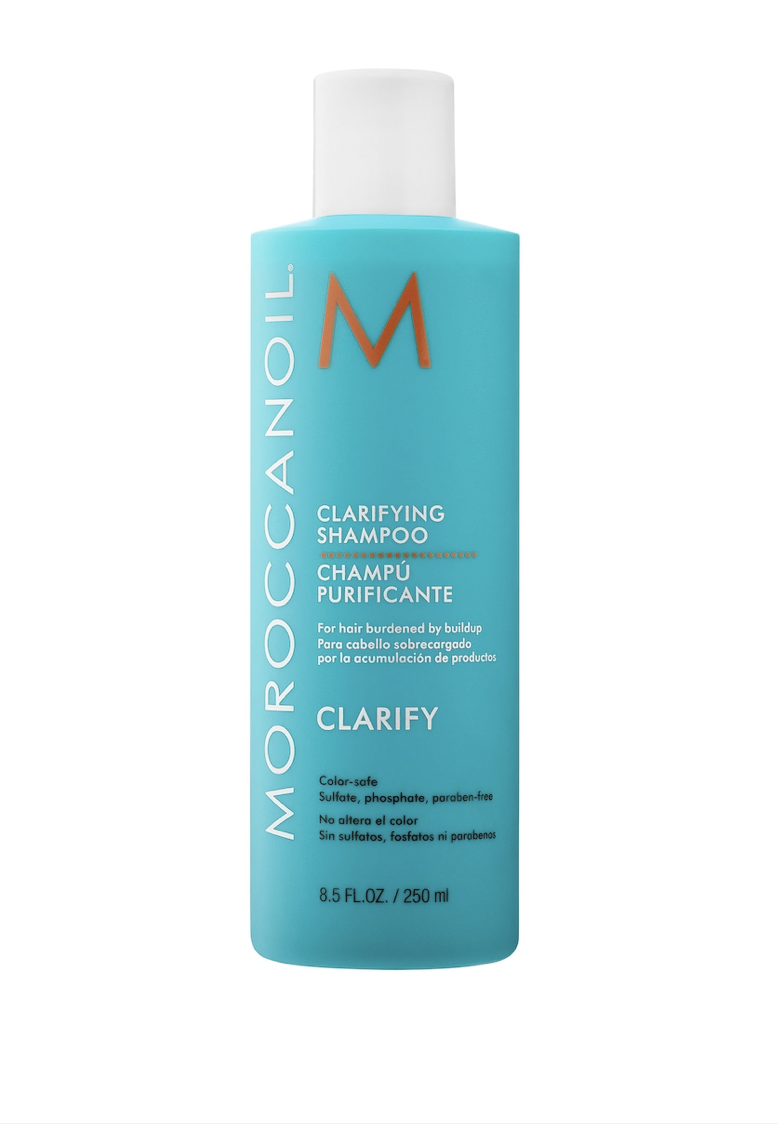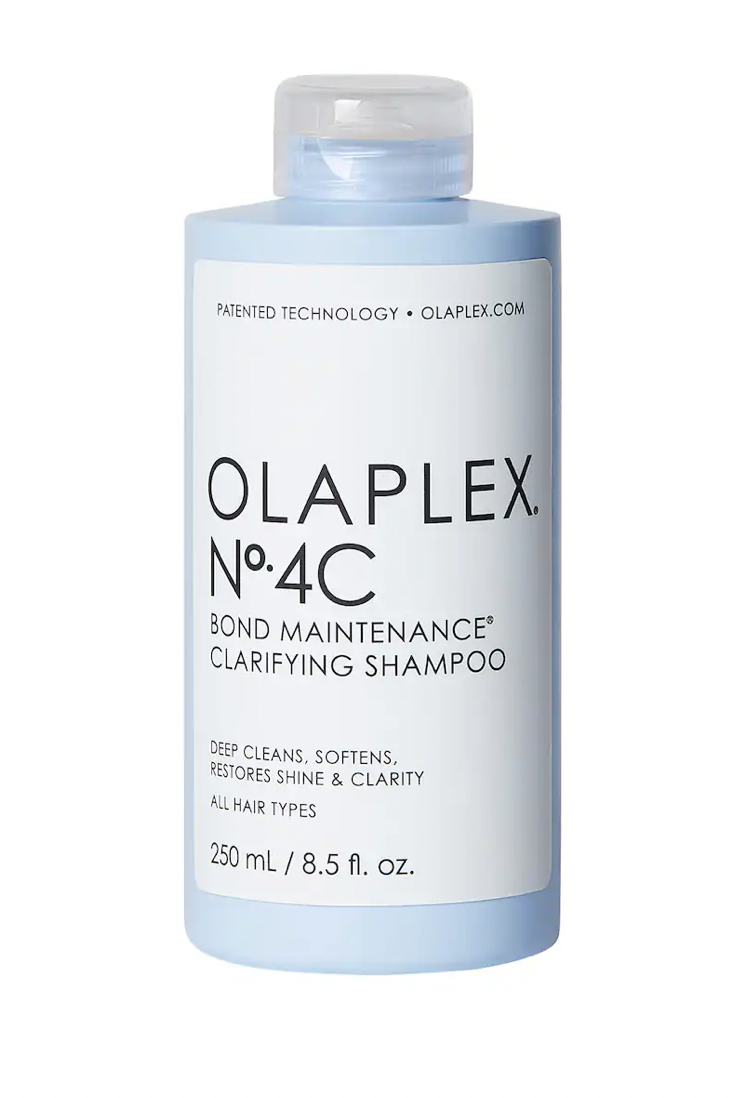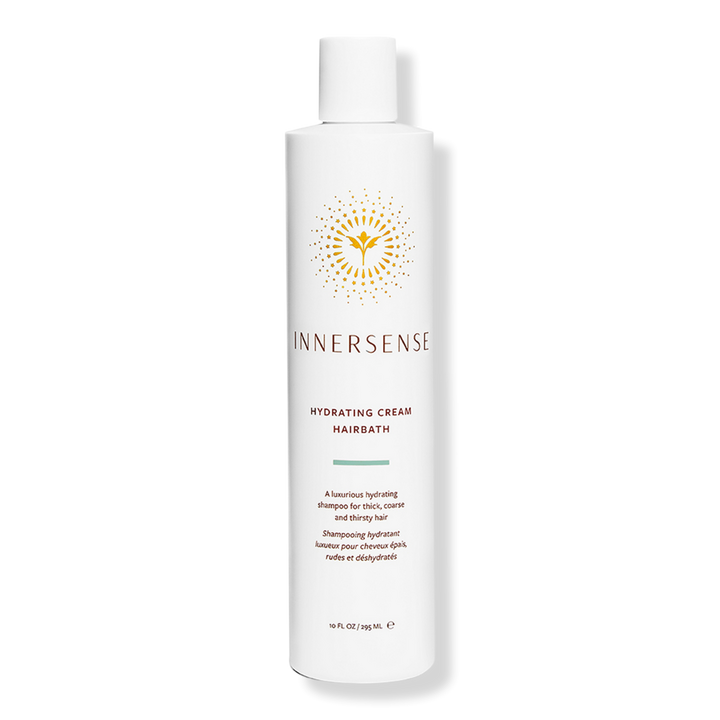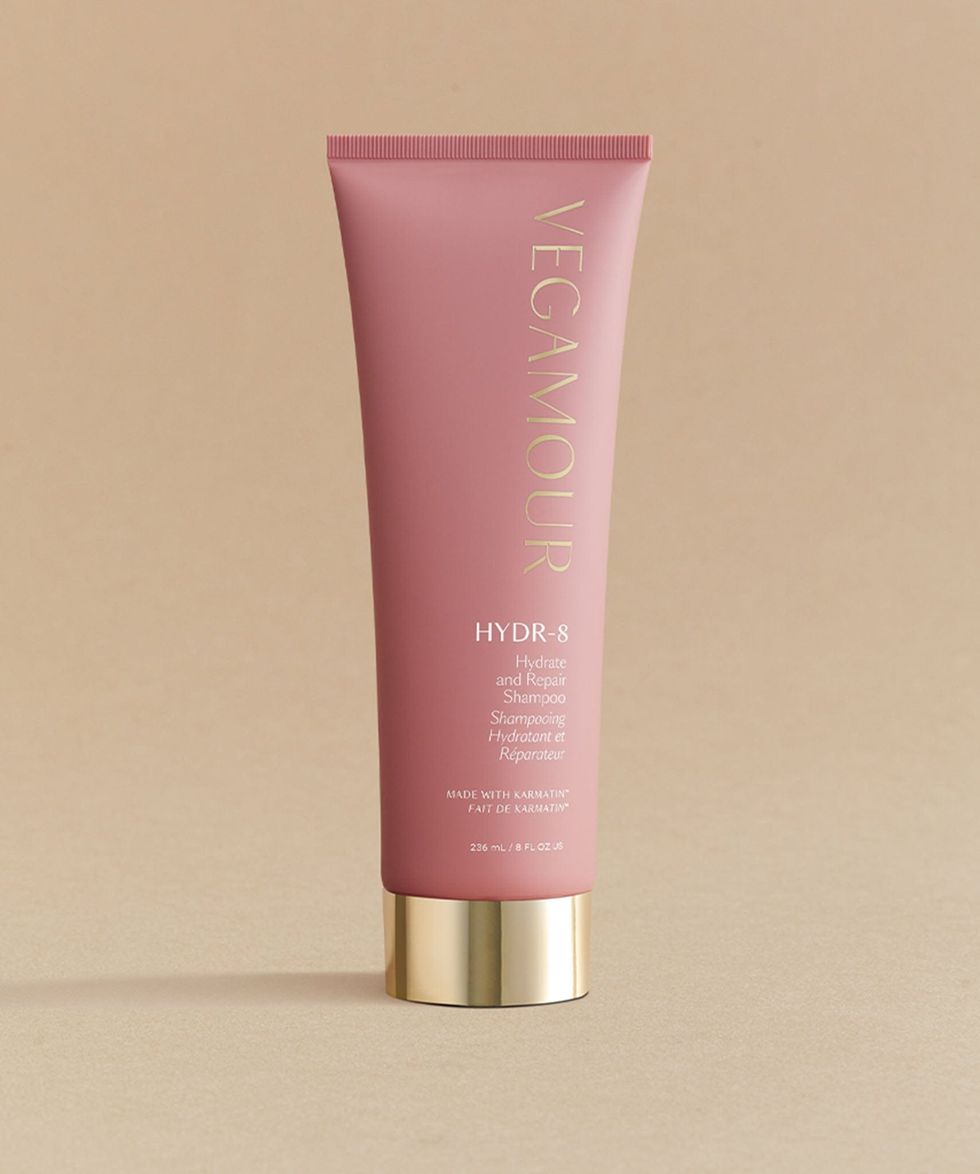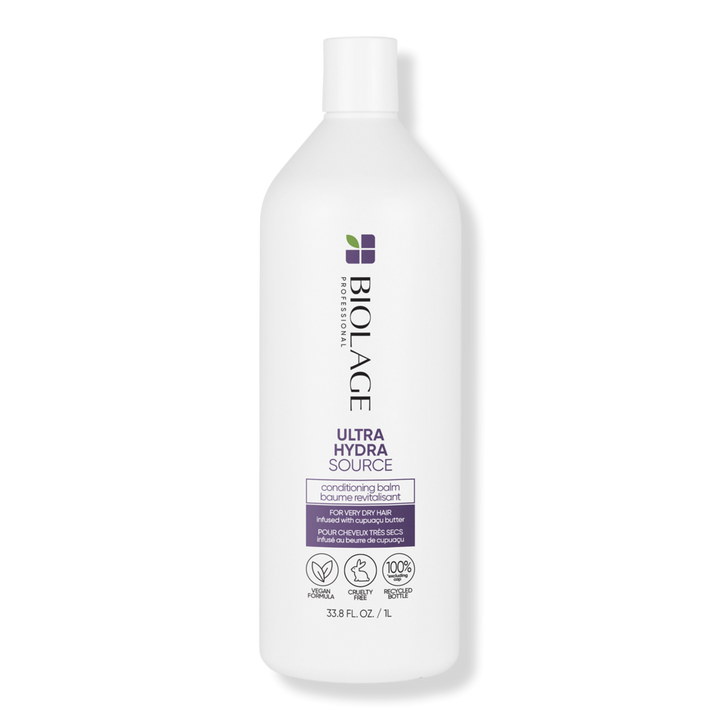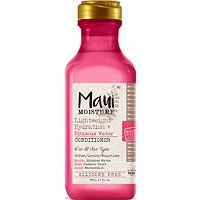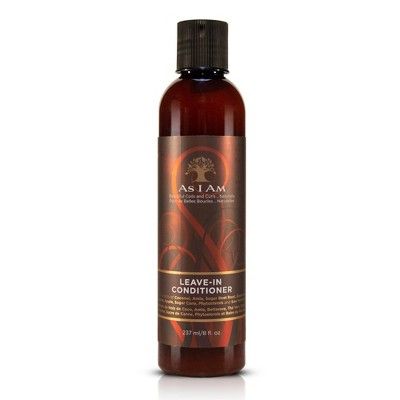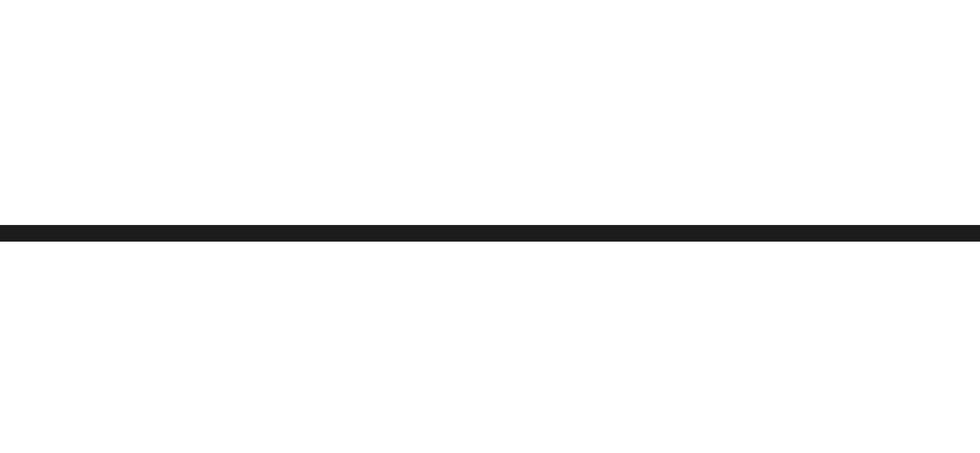The Curly Girl Method for Beginners
For those with curly hair, it’s no secret that caring for your strands can be difficult. Textures that vary from Z-pattern coils to S-pattern ringlets require a deep amount of attention, as they’re often delicate and prone to tangles. As someone who has a blend of type 3C and 4A curls, I’ve been on a long hair care journey to find the best methods—and the perfect combination of products—with enough power to nourish and define my curls. It’s been a twisty path, to say the least—pun fully intended.
One effective method I’ve found is the curly girl method (CGM), recognized widely across the community of folks with textured spirals as a true haircare game-changer. And because we’re not in the business of gatekeeping at ELLE.com, we’ve provided a thorough guide to the curly girl method and the most effective products to make your curly dreams come true.
We’ve also consulted celebrity hairdresser, educator, and founder of Vernon Francois Haircare, Vernon François, and artistic director of Balmain Hair Couture, Ilham Mestour. Below, both experts share their thoughts on the curly girl method, while bestowing tips and tricks to lead you through your quest for flawless curls.
What is the curly girl method?
In 2011, the founder of DevaChan Hair Salon and DevaCurl products, Lorriane Massey, published Curly Girl: The Handbook. This manifesto inspired those with curls to embrace their natural texture by implementing the “curly girl method” or CGM—a five-step process that helps you achieve your best curls over time. “The method is focused on avoiding ingredients that can be harsh on curly hair, such as sulfates and silicones, and instead using gentle, nourishing products that can help enhance curls,” says Mestour. “CGM also encourages people to avoid damaging styling practices like heat styling and brushing,” Mestour adds.
What are the five steps of the curly girl method?
Reset
The first step of the curly girl method calls for a complete reset, or in other words, a deep cleanse using a clarifying shampoo of your choice. Clarifying shampoos help to break down residue from products like leave-in conditioners and gels that often wedge their way into the nooks and crannies of your scalp. However, this step comes with a caveat. “Clarifying shampoos often contain strong surfactants that can strip the hair of natural oils and cause dryness, so they are typically not recommended for frequent use,” says Mestour. “They are best used occasionally, perhaps once a month, to remove build-up and refresh the hair.” That said, it’s unnecessary to reset each time you wash your hair, only when there is a substantial amount of build-up.
Cleanse
As for the second step, sulfates are now completely off-limits. Sulfates—mineral salts that strip impurities from hair and are often found in clarifying shampoos—can cause hair strands to become dry and brittle. So to replenish your hair with hydration, it’s essential to use a sulfate-free shampoo or a co-wash formulated specifically for gentle cleansing. “A co-wash or cleansing conditioner is a gentle, non-foaming formula designed to cleanse the hair without stripping it of its natural oils,” says Mestour. “Co-washes typically contain mild surfactants or cleansing agents, along with conditioning ingredients that help detangle and soften the hair.”
Condition
Conditioner is a curly girl’s best friend, and I say this from experience. Now, with this step of the process, you must make sure to distribute the conditioner evenly. “You’ll know you’ve applied enough conditioner when all the hair is lightly coated with product,” says François. Another integral aspect of this step is detangling your hair while it’s slathered in conditioner.
Style
In her book, Lorriane Massey recommends applying gel to soaking wet curls. The application process entails raking the gel through your curls using your fingers and scrunching the ends, as this technique helps to define curls. “When you scrunch your hair, you are using your hands to gather small sections of hair and squeeze them upwards towards your scalp,” says Mestour. “This helps to encourage your curls to form into their natural shape and definition.” Scrunching also helps to squeeze out excess water, which can lead to frizzy strands.
Dry
The final step is drying your hair. Although the easiest thing to do might be to wrap a bath towel around your head, every curl specialist will tell you to avoid this at all costs. Instead, use a t-shirt to gently scrunch your hair, removing moisture, then let it air dry. If you truly can’t resist using a towel, opt for a microfiber towel, which is a non-abrasive alternative that prevents frizziness and damage.
Does the curly girl method actually work?
Although the curly girl method has been highly praised by the curly hair community, we need to acknowledge that every head of hair has its unique needs and might react differently to CGM. If you do some digging, you’ll find a mix of testimonies across the internet, featuring some who say that CGM saved their hair, while others claim that it either didn’t help at all or ruined their curls (causing less definition, scalp irritation, and even hair loss). However, it’s important to consider that these negative testimonies could be because of the products used during the process, not the process itself. So, when trying out CGM, invest in safe and effective products that have been thoroughly tested and reviewed.
What should you avoid while using the curly girl method?
If your goal is to see results, it’s time to kiss your hot tools goodbye. This means taking a break from flat irons, curling wands, blow dryers, and any other kind of tool that emits heat, as exposure to high temperatures can ultimately cause dryness, breakage, and curl manipulation. The only exception here is using a diffuser on low heat to dry your hair.
As for ingredients to avoid, the curly girl method claims that you should stay away from sulfates, silicones, and alcohol. Sulfates are mineral salts that help to strip oil and dirt from hair, but they’re seen as the enemy of curly hair due to their capacity to cause excessive dryness. Silicones are meant to coat hair strands with their rubber-like substance, but the issue here is that they can contribute to product build-up over time. Alcohol are often the source of scalp irritation and hair dryness, i.e. a curly girl’s worst nightmare.
However, François points out that there is some room for debate here. “Labeling ingredients as good or bad simplifies a complex area, when there are different kinds of alcohols, different kinds of silicones, and the overall blend of ingredients in any given formula is key.”
What is the most effective way to use conditioner while doing the curly girl method?
The biggest mistake that someone with curly hair can make is instantly rinsing out conditioner after applying it. Conditioner is a moisturizing agent that replenishes your hair with hydration and provides an ingredient-rich protective coating, so you should take time to let it soak into your hair strands. And most importantly, you should use conditioner during the detangling process. “When your hair is wet and saturated with conditioner, it becomes more pliable and easier to comb through, which can help to reduce the risk of hair breakage and damage,” says Mestour. “Be sure to pay extra attention to the ends of your hair, which tend to be more prone to dryness and damage,” she adds.
It’s also important to note that your hair strands are at their most fragile state while wet. François has a trick for detangling: “My go-to is gently detangling hair by hand when it’s dry, before shampooing and conditioning—great care should always be taken when detangling hair to avoid excessive pulling and breakage.” François also shares that the best way to detangle your hair while it’s slathered in conditioner is “by sectioning it first to reach all areas of your head more easily,” says François. “Start from the ends and work your way up towards the scalp, using downward strokes.”
So, how do you know if you’ve applied enough conditioner?
Well, the short answer is that the amount of conditioner varies per person, but Mestour recommends a general principle to follow: “Work the conditioner through your hair until you feel that each curl is well-coated, and with practice, you will develop a sense of how much conditioner your hair needs to look and feel its best.”
If you go a bit overboard while applying conditioner, it’s okay, but remember that adding more than necessary isn’t helpful. “Oversaturating the hair with excess conditioner won’t add any extra benefit because hair can only absorb so much,” says François.
Why is the use of gel important when it comes to styling?
“Gels provide hold and definition to your hair, helping to keep your curls in place and prevent frizz,” says Mestour. She notes that an entire spectrum of gels exists, ranging from light to strong-hold formulas, so your gel of choice should coincide with your hair texture and styling needs. Despite what the curly girl method might endorse, it’s not an absolute must. “It is your personal choice as to how important gel is for you, depending on the look you are hoping to achieve,” says François.
Can you use a leave-in conditioner as part of the curly girl method?
Absolutely! Although the official curly girl method doesn’t require the use of leave-in conditioners, some people like to use them as a step before gels, myself included. The curly girl method is simply a guide, and it’s encouraged to personalize the method to your hair care needs.
When I visited Candace Witherspoon Salon in Manhattan to receive a much-needed curly cut, my stylist showed me her version of achieving defined curls, which involved lightly coating my hair strands with a leave-in conditioner before adding gel to nourish my curls. “A quality leave-in conditioner is important because it helps to create a good foundation to work from before the styling process,” says François.
Due to their beneficial properties, leave-in conditioners are often considered a solid starting point in the styling process. “Many leave-in conditioners contain ingredients such as vitamins, antioxidants, and proteins that can help to protect your hair from damage,” says Mestour. She also mentions that leave-in conditioners are essential for those with tighter textures that are prone to dryness and frizz.
What additional ways can you define your curls during the styling process aside from scrunching?
Styling is often the most intricate part of the curly girl method because it requires a certain level of technique. “I bounce curls in an upward direction using a flat palm with fingers gently curving in to encourage the natural shape of curls, coils, kinks, spirals, or waves,” says François. “It helps if the hair is finger coiled with a little lightweight serum on freshly washed and conditioned hair that’s about eighty percent dry beforehand.”
Another practice I like implementing into my haircare routine is the “rake and shake” method. This tactic is not included in CGM, but I’ve found it a worthwhile alternative to scrunching. After sectioning my hair and applying my leave-in conditioner and gel, I focus on each section and rake my fingers through from my roots to my ends. When I reach the bottom of each section, I’ll lightly hold my ends and shake my wrist back and forth to help form the natural shape of my curls.
What are the benefits of air-drying versus diffusing?
Each drying method has its benefits, so it truly depends on what outcome you are trying to achieve and how much time you have. François uses the air-drying technique on his clients to achieve bounce and minimal frizz. “Finger coil or two-strand twist it first, then gently scrunch it every now and again while it’s drying to get a curl that is unmatched,” he explains.
If you don’t have much time to spare or simply don’t have the patience for air drying, then using a diffuser on low heat can accelerate the drying process. Mestour explains that other benefits of using a diffuser include enhancing curl definition and volume. “Using a diffuser lifts your curls and encourages them to dry with more body,” she notes.
As for my routine, I like to mix air-drying and diffusing, which François also suggests as an alternative to using one method versus the other. “Try leaving hair to air dry, then finishing it off with a diffuser, or start with a diffuser until hair is eighty or ninety percent dry, then leave it be,” François adds.
How should you style your hair at night to protect your curls?
When the day is done and your head is about to hit the pillow, how should you preserve the masterpiece you created? One option is the “pineapple method,” which you can do after your hair is completely dry. “Gather your hair loosely at the top of your head—as if you were going to make a ponytail, but don’t pull it all the way through—and secure it with a scrunchie or soft hair tie,” says Mestour. After perfecting the pineapple, you can wrap your hair with a silk scarf or bonnet for protection.
If you’d rather not have your hair in a pineapple, there are plenty of other ways to preserve your hair overnight. “Loosely braid or twist hair to help keep it tangle-free,“ François recommends, especially for those with longer hair. Those who aren’t a fan of wearing a bonnet or silk scarf, as they’re often infamous for slipping off in the middle of the night, then try a silk pillowcase. “An alternative to wearing a silk cap is to invest in a silk pillowcase to minimize friction and pulling as you move during sleep,” says François.
If you wake up the next morning and decide that your hair needs a bit of a touch-up, Mestour suggests rejuvenating your curls with a few simple tricks: “Refresh your curls by spritzing them with water or a leave-in conditioner, then scrunch them gently to revive their shape.”
Overall, what should you keep in mind when beginning the curly girl method?
“The Curly Girl Method can be an effective approach to caring for curly hair, but it may take some experimentation and adjustment to find the right products and techniques for your hair type and texture,” says Mestour. Think of CGM as a science experiment, and continue to test different combinations of ingredients and techniques until you find the perfect fit for your curls. Discovering the best approach for your curls can be daunting, and sometimes discouraging, but it’s important to have patience with yourself because, as François says, “getting to know your own head of hair can be fun.”
Meet the Experts
Vernon François is a celebrity hairdresser, educator, and founder of VERNON FRANÇOIS Haircare. His clients include Lupita Nyong’o and Serena Williams.
Ilham Mestour is the artistic director of Balmain Hair Couture.
Why Trust ELLE Beauty
As a leading publisher of fashion, lifestyle, and beauty content, ELLE.com is committed to highlighting the best products in various categories by personally testing the latest and most innovative products, interviewing countless experts, and vetting customer-loved items.


